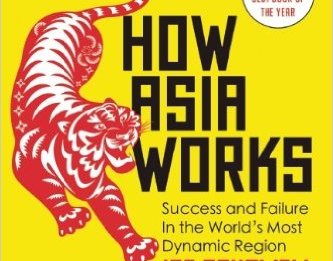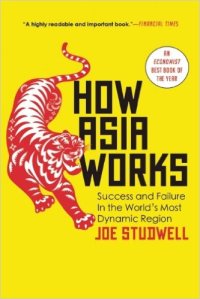How did countries like Japan, Taiwan, South Korea, and China achieve sustained, high growth and turn into development success stories? And why have so few other countries managed to do so? Why some other Asian countries such as Thailand, Philippines, Indonesia and Malaysia did not?
The scope of this book is analysis for countries in East Asia as countries mention above.
Japan has done so well since Meiji era when their leaders officially visited to the west Europe and United States of America and learned from them. In this book did not talk much about Japan but they said Japan already did something 10 times better than China, Taiwan and South Korea. So those countries were very hard to compete their product on the market.
China and Taiwan bet on manufacture that they would train millions of skill workers and other facilities to attract the western investors to invest and moved the factories to China and Taiwan.
“How did countries like Japan, Taiwan, South Korea, and China achieve sustained, high growth and turn into development success stories? And why have so few other countries managed to do so?”
South Korea was on the other hand, they would bet on three important industries Samsung, Posco and Hyundai. The government worked very closely to those companies on raising funds, technology providing, and finding the market across the world such as in France that they made a big deal with, France had to buy their car in exchange South Korea would gave something else, and with Africa and Middle East to sell their Posco steels. For raising funds, the government borrowed some from world bank and they had a very strict rule that almost citizens needed to put their money in the banks and traveled abroad was illegal and even official government staffs when had mission abroad could not buy any souvenir.
Some countries in South East Asia had some plans too. Malaysia and Indonesia wanted to have big car industries. But within their short-vision that they focused only on local market and use their owns technology. In long-term, other countries could make it cheaper and more advance technology. They could not compete and went to bankrupt.
These countries had different stories to success and maintain their sustainable development. However, Joe Studwell offers a simple, three-part formula:
- Create conditions for small farmers to thrive.
- Use the proceeds from agricultural surpluses to build a manufacturing base that is tooled from the start to produce exports.
- Nurture both these sectors (small farming and export-oriented manufacturing) with financial institutions closely controlled by the government.
This book is a highly recommend to read. It gives many good idea and lessons and it suits especially for developing country to develop their economic.
My rate is 4.5/5.

